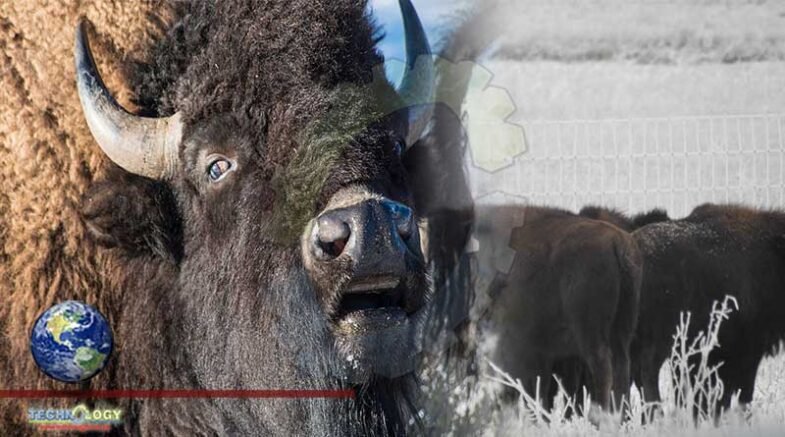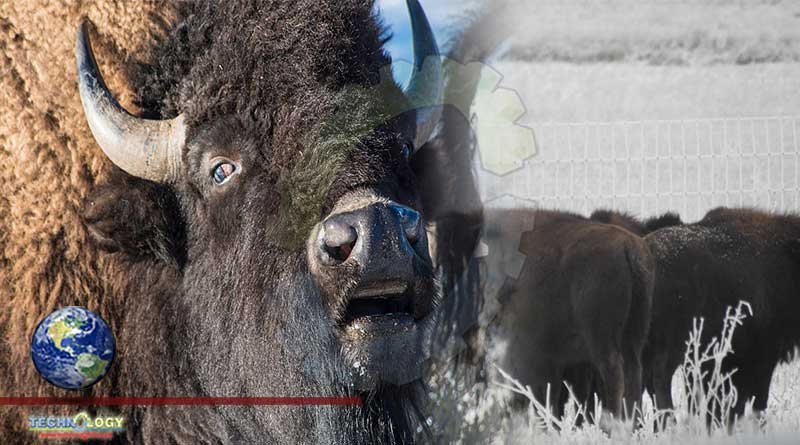Bernie Petit, the education coordinator of Canadian Light Source, said the Bison Project was specifically developed for FNMI students.

The Canadian Light Source (CLS) says it’s launching a science project using Saskatoon’s synchrotron like no other it’s had before.
Bernie Petit, the education coordinator of Indigenous programs with CLS, said the Bison Project was specifically developed for First Nation, Métis and Inuit (FNMI) students.
“Bison do have a cultural significance, many of our nations actually are identified as buffalo people or bison people. So there is a cultural connection there,” Petit said.
“(It) is a citizen science project, so Indigenous students are the students that actually go out and gather samples … (some) are First Nation communities actually managing bison herds right now.”
Students will be exploring the elemental changes in bison hair and comparing that to elements in soil gathered from grazing and feeding areas.
“Students should be able to compare the soil and the hair of their bison to these other databases that we’re creating with our contributors and then the students will be able to learn what their bison are eating and what nutritional elements are present,” Petit said.
“Our students actually become the scientists and become much more knowledgeable. The bison teach them even more, that is very culturally relevant. We combine what we do in the western science part of the (CLS) and we work with elders and traditional knowledge keepers within their community.”
The ultimate goal of the project is to have better representation of FNMI students in science, technology, engineering and mathematics (STEM) post-secondary programs and research careers.
Petit said this idea stems from her past experience in the health sector.
“It became very obvious that a lot of the research that we were following within First Nation and Inuit health … that there were no Indigenous people involved in that research,” she said.
“Therefore, I just started to seed that need that we really have to work together. A lot of different individuals have to come together to create a different pathway and that way, in the future, then we’ll see better health outcomes.”
Petit said researchers will be looking mail-in samples from across North America and collection has already started from bison herds in the United States.
“Essentially, the bison and even the bison’s natural migration territory did not follow any country set boundaries or any of the new boundaries that have been developed over time. The bison were all the way down into northern Mexico. They were also as far in the north as the Mackenzie area of Nunavut,” she said.
CLS said the project seeks to reclaim and preserve the historical contributions of FNMI women towards saving bison from extinction.
“When I started to look at the literature review of bison … there was a big perspective and an untold story within those academic journals and so then I took a different avenue of how to look for the story that was missing,” Petit said.
“That’s where I found these awesome Métis and First Nation women were the ones that actually were behind and, a lot of times, physically the ones that are keeping these last few bison alive.
“Telling the bison herstory is an act of reconciliation in the sense of that women, through history, their stories were not recorded. So it’s really important to show our young Indigenous women that there were these women of science even long ago.”
When the project has reached the experimental development stage, students will come to Saskatoon and complete a beamline experiment at CLS.
“We’re going to be doing our very first proof of concept … when our beamtime resumes which is at the end of January 2021, (with) our contributor herds like the Nachusa Grasslands and Fermilab,” Petit said.
“I don’t have the exact date yet … everything, of course, is of no control to us due to the (COVID-19) pandemic.”
Originally published at Global News
